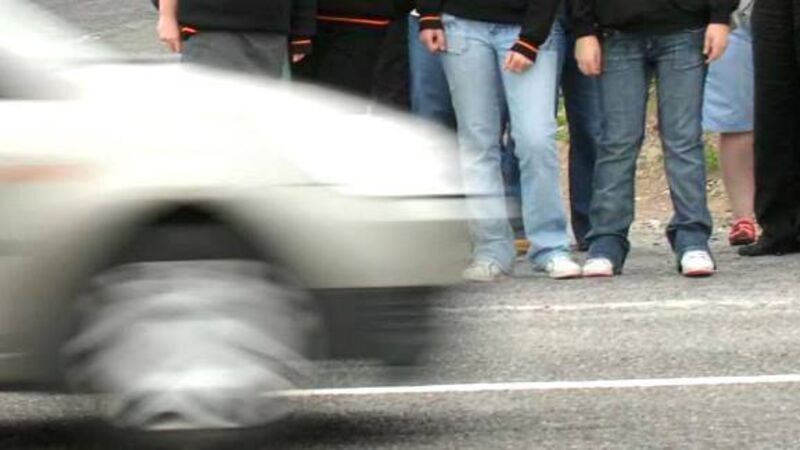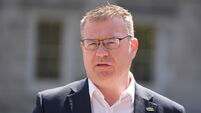Protecting our children on the road must become a priority

WHILE any life which is cut short is a tragedy, the loss of a child — under any circumstances — is utterly devastating for a family and a community. Tragedy is intensified when a death is preventable.
We lost three times the number of children on our roads in 2014 compared to the previous year.
In my tenure to date as chief executive of the Road Safety Authority, I have met many people who have been seriously injured or bereaved as a result of road traffic collisions and it is incredibly moving and heartbreaking to hear their stories — it is the stories of these brave people and this tragic loss of life that motivates us.
At the Road Safety Authority’s annual international conference on children and road safety this week, we heard from speakers from all over the world who came together to share best practice in reducing the dangers for children on our roads.
One key point is that children are not small adults: The ability of children to develop risk awareness and to perceive situations as dangerous is largely dependent on their age and development.
Children can be easily distracted and this puts them at higher risk around traffic.
Often, the tendency of older children and teenagers towards risk-taking exposes them to a greater chance of being involved in road traffic collisions.
This means drivers, motorcyclists, and cyclists have to take responsibility for ensuring children are safe on our roads.
The Road Safety Strategy 2013-20 includes 144 actions to be implemented by the various agencies involved in order to build on previous strategies.
The objective of all these is to make Ireland among the safest countries for road safety in the world.
The Government’s strategy sets out a clear vision for reducing road traffic collisions through enforcement, improved education, and engineering advances to make our roads a safer place.
This year, the Government has implemented important changes to our speed-limit system. These changes will see new signage on local minor roads.
A new road sign has also been introduced; local authorities should use this in setting lifesaving 30km/h zones in urban areas and in housing estates.
We believe the implementation of more 30km/h zones will have a significant positive benefit on the survival outcome of individuals, particularly children involved in a collision in urban or built-up areas.
Yesterday the conference heard from Rod King of the 20’s Plenty campaign in the UK, just how effective such speed limits can be. Most cities across the UK have already implemented 20m/h (30km/h) across significant percentages of their city streets.
Ireland lags behind the UK and the rest of Europe on this issue. The difference between a collision at 30km/h and 50km/h can be the difference between life and death.
I have publically called on all local authorities to introduce more 30km/h zones in their areas. They have had the powers to do so since we switched over to the metric system back in January 2005 — more than a decade ago — and the implementation rate has been abysmally poor, especially where children are playing and living, and I renew that call again now.
While enforcement is crucial, it is only one aspect of a world class road safety programme. Educating road users is critical too.
The more educated our drivers, and indeed our children and young people, the more we can enhance the safety of all road users.
Better education of all road users can even prevent collisions from taking place in the first place.
However, we must back up what we are teaching our children by putting it into practice ourselves and setting the right example.
We’ve proven in this country in recent years that the level of road trauma can be reduced significantly. But we can’t be complacent — as demonstrated by the increase in road deaths over the last two years.
Our challenge is to keep raising the bar and finding new and better ways of making our roads safer, especially for children.
From May 4-10, the UN Road Safety Collaboration will run the global campaign for the Third UN Global Road Safety Week on the theme “children and road safety”.
To mark UN Global Road Safety Week, I ask all of you to make a pledge to yourself to change your behaviour on our roads.
It’s up to each and every one of us as road users to take responsibility for making our roads safer, not only for ourselves, but for our children.
Absolutely nothing is worth more than the life of a child. Our children are precious, they are our future, and it is up to each one of us to safeguard them on the road.
Next time you sit behind the wheel wear your seatbelt and make sure your children are properly restrained, don’t be distracted, put your phone out of reach, and, most importantly, slow down, be vigilant, and as always, expect the unexpected.












